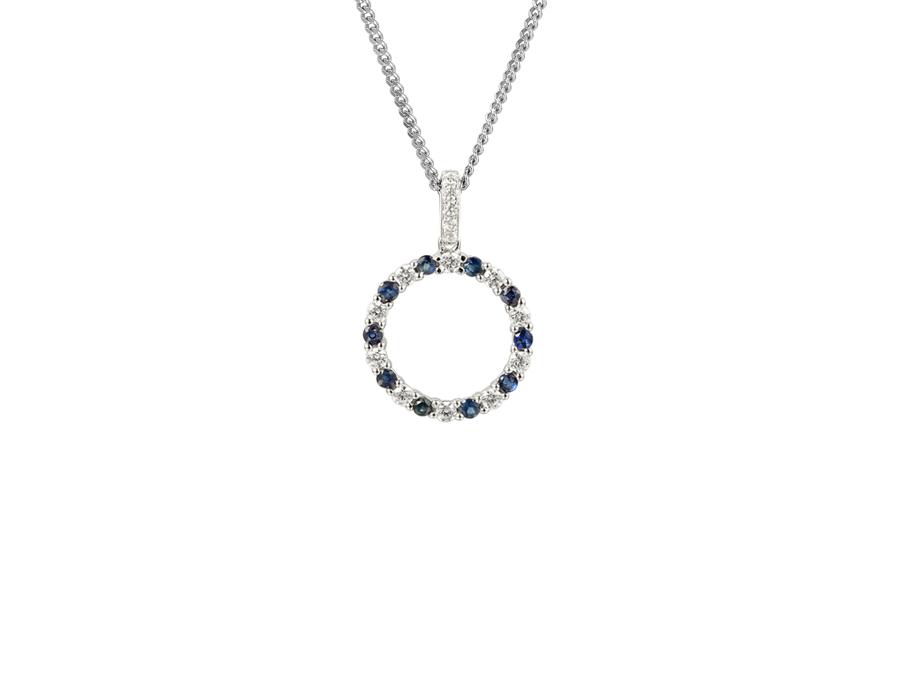We use cookies to make your experience better. To comply with the new e-Privacy directive, we need to ask for your consent to set the cookies. Learn more.
The Significance Of Jewellery
Jewellery has been around for as long as humans have had tools. Early jewellery was made from wood, bone and shells, often pierced and threaded onto a necklace or perhaps even a headband. Not much evidence exists of very early jewellery as it was made from organic compounds that don't often survive, but scientists have found three shell beads in Israel which date back around 100,000 years. Little is known about the spiritual and religious cultures of the world at the time, but it is thought that early jewellery was used to signify social status and wealth, much as it is today.
Jewellery has always been an adornment, but the reasons for wearing jewellery have changed throughout history with some cultures using it to trade, some to display social status and some reserved jewellery for special occasions. Early nomadic cultures used jewellery as a way to transport wealth – by wearing your money you could tell others a lot about your status instantly.
The Ancient Egyptians wore a lot of jewellery and used some techniques which were very sophisticated, many of which were rediscovered later on and are still in use today. Jewellery was worn by everyone, regardless of social status, and was used to trade with and to signify military achievements. It was also very important in the afterlife and the finds from tombs show that Pharaohs were buried with a lot of jewellery and heavily adorned items. As archaeologists learn more about the production of jewellery, it transpires that jewellery had to abide by strict rules when producing religious jewellery items, so rather than a form of adornment for aesthetic purposes the Ancient Egyptians used jewellery for religious reasons and for trade.
In Ancient Greece jewellery was reserved for the wealthy and powerful and was worn on special occasions to display status. This is very different to the Egyptian culture; although the two civilisations did share trade links, it seems they did not trade culture to the same extent. In Ancient Rome jewellery was once more an accessible item and a part of daily life. Everyone wore jewellery in Ancient Rome and it was used for different purposes depending on who wore it. Women wore jewellery as decoration and to enhance their beauty, while men wore rings to signify their social and military status, often wearing several rings at a time. Clothing fasteners were used by all, but the wealthy used very ornate and expensive ones to show off their wealth.
As society progresses jewellery making, and the wearing of it, became more of an art form with less religious significance. It was still, however, an effective way of showing how much money one had. Clothing had also developed to the point where ornate fastening pins were no longer needed, so functional items were less likely to be used as a way of showing off.
Nowadays some jewellery still bears cultural significance. The diamond engagement ring can be seen as a modern cultural phenomenon, although rings have been given to symbolise marriage for centuries. Tiaras are worn to denote marital status – only married or settled women can wear tiaras according to tradition, and even then only after 6pm. Tiaras are often worn for white tie events and wedding days and a family tiara holds a lot of tradition and significance within a family.
Wearing a ring on your ring finger denotes marriage as well and even nowadays, where cultural rules a more relaxed you will find that unmarried or unengaged people will avoid wearing a ring on that finger due to the significance. Different cultures have a different significant finger, but the rules on wearing a ring on that finger pervade all societies.
Modern jewellery is still used to display wealth and social status, but there are fewer stigmas attached to anyone wearing expensive jewellery – if you can afford it then go ahead and wear it. Jewellery is more often given as a gift, symbolic of the relationship between the giver and the receiver, and reflects the personal style of the wearer, than a cultural or religiously significant item – we have come a long way from ancient cultures.















